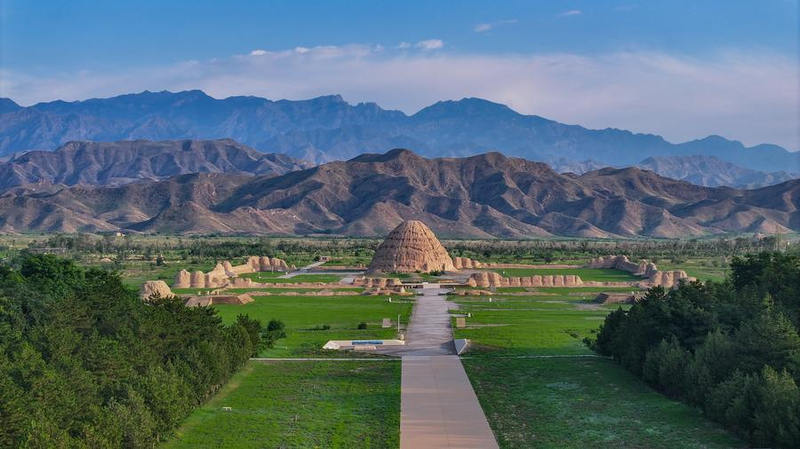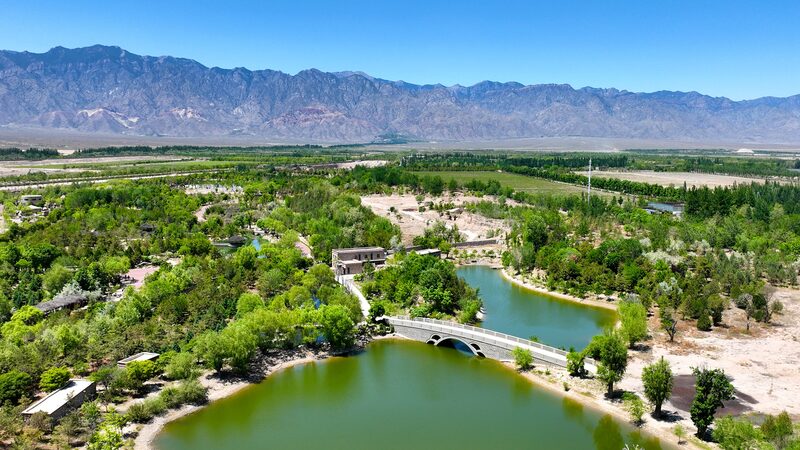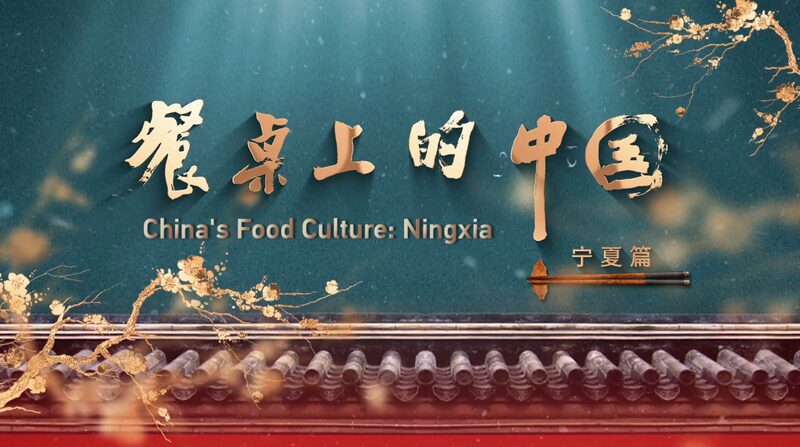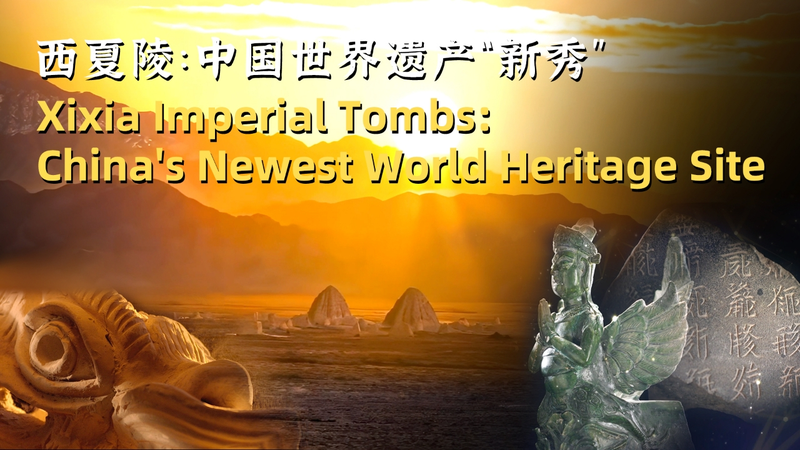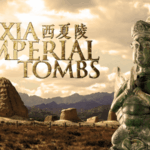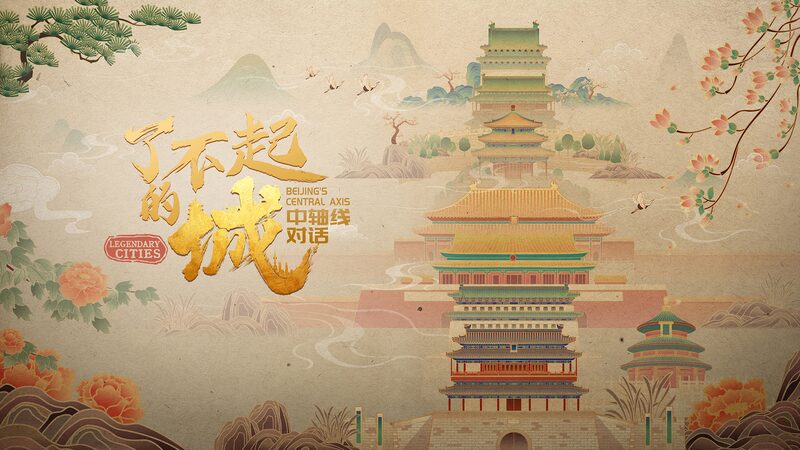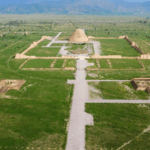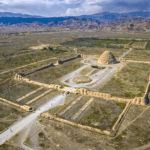UNESCO has added the Xixia Imperial Mausoleums in northwest China's Ningxia Hui Autonomous Region to its World Heritage List, recognizing their profound historical and cultural significance. The tombs, dating back to the Xixia Dynasty (1038-1227), offer a window into a civilization that blended Chinese, Tibetan, and Central Asian influences, captivating archaeologists and historians worldwide.
Nestled amid Ningxia's arid landscapes, the pyramid-like structures feature intricate carvings, symbolic animal sculptures, and inscriptions detailing imperial lives. Their unique architectural fusion reflects the Xixia Dynasty's role as a cultural crossroads, while their preservation underscores China's commitment to safeguarding its heritage.
This designation is expected to boost cultural tourism in Ningxia, offering travelers a chance to explore one of China's lesser-known historical treasures. For scholars, it validates decades of archaeological work revealing the dynasty's political sophistication and artistic achievements.
The recognition also highlights growing global interest in Asia's ancient civilizations, reinforcing the importance of cross-cultural dialogue in understanding humanity's shared history. As preservation efforts intensify, the mausoleums stand as a testament to China's enduring cultural legacy and its contributions to world heritage.
Reference(s):
cgtn.com
